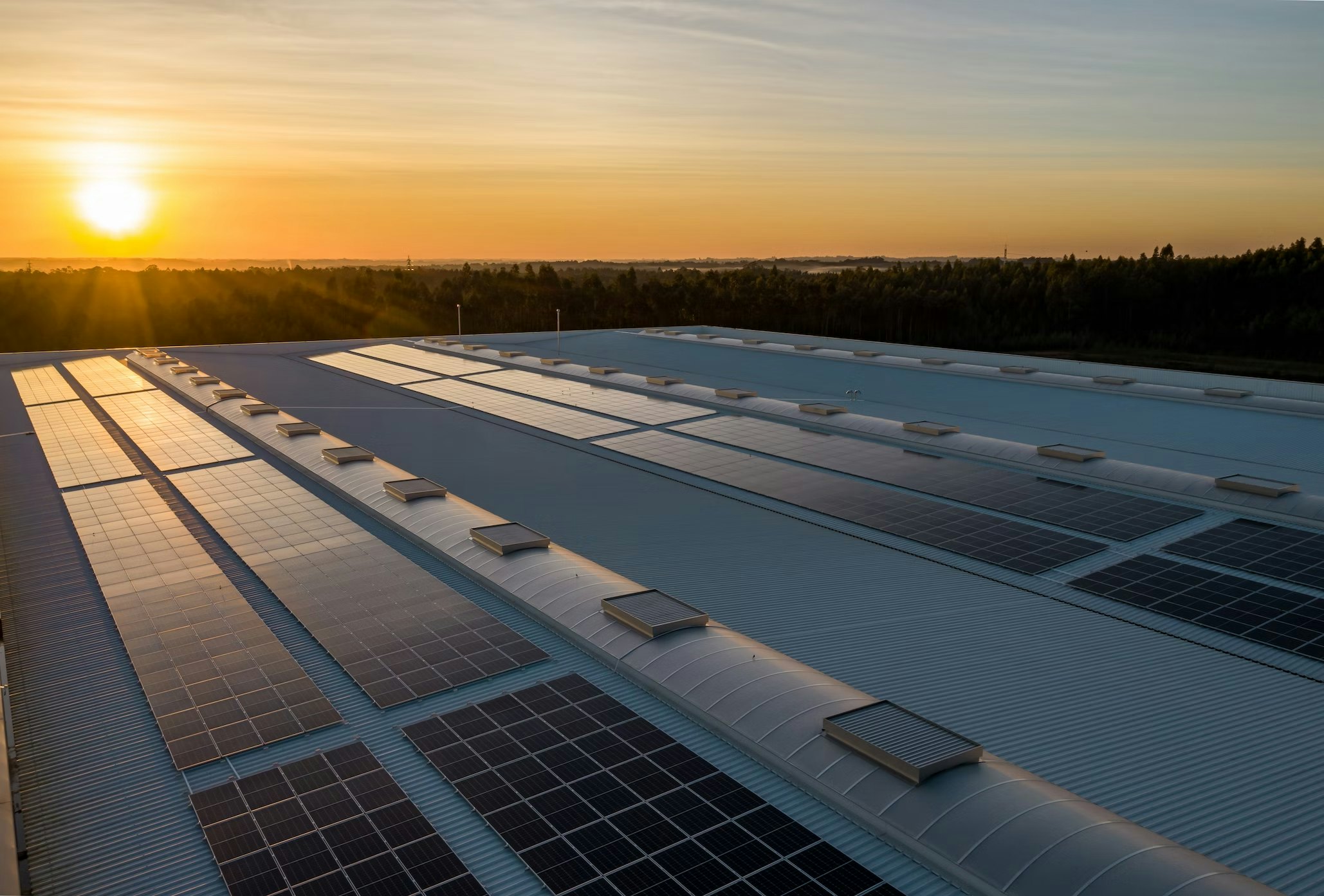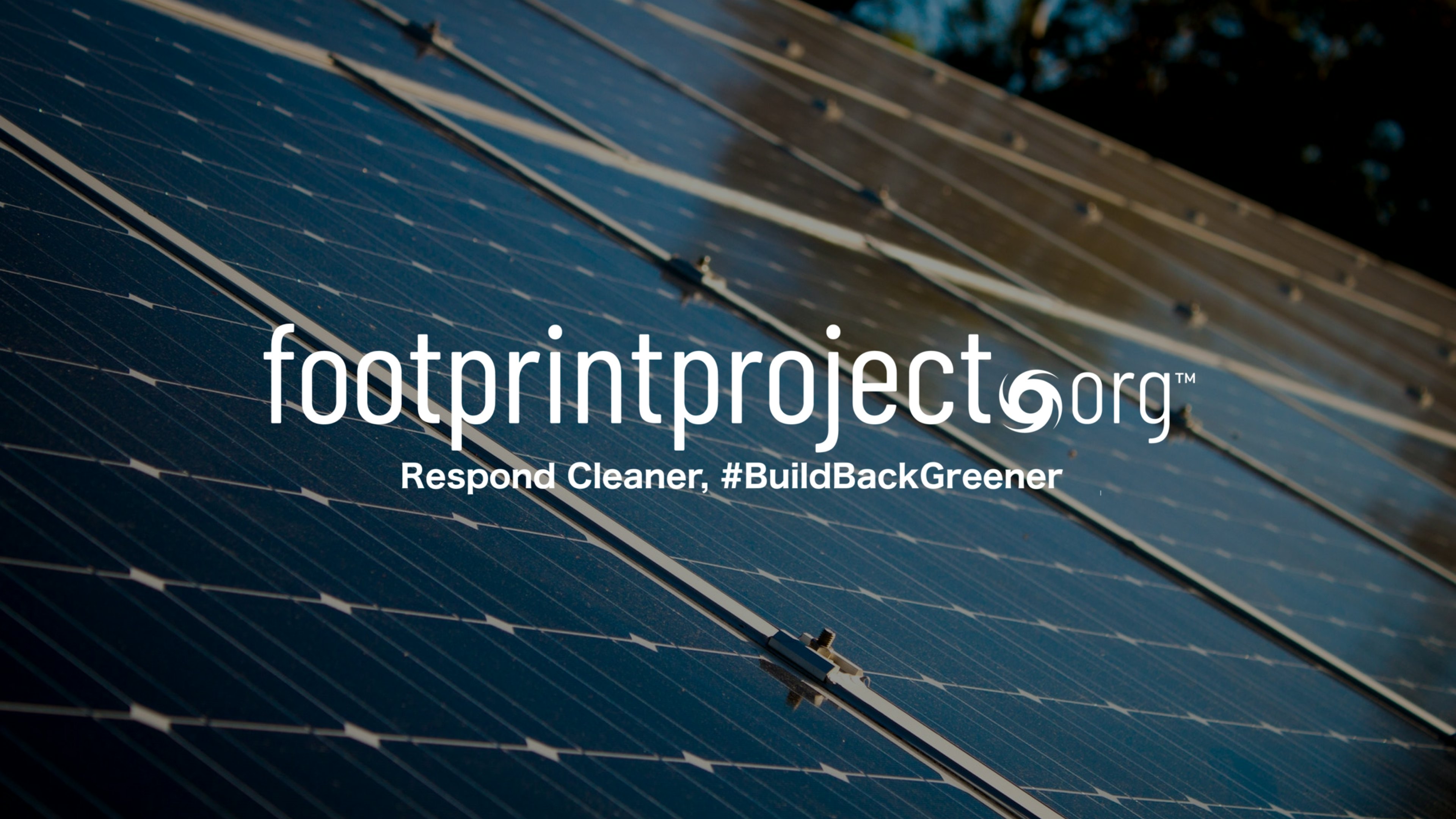Causes & effects of ocean pollution

This article was originally published in August 2017. It has been updated with new insights and stats as of August 2024.
Pollution entering our oceans from both artificial and natural sources is affecting marine ecosystems throughout the world. And the danger isn't just to marine animals — most of the pollutants that enter the ocean come from the land, according to the National Oceanographic and Atmospheric Administration. Animals often eat these pollutants which means humans will as well.
There are many causes of ocean pollution. For example, scientists estimate that 1.7 million tonnes of plastic waste enter the ocean every year. Here are some of the biggest culprits, along with the effects that marine pollution can have on our world today.
Runoff
Runoff from the land comes from both urban and agricultural areas. Often referred to as non-point source pollution, runoff can originate from sources such as cars and trucks, septic tanks, farms, and timber harvesting operations. Chemicals that end up on roads and highways flow over and under the ground with rainwater, as do pesticides, fertilizers, and carbon-, nitrogen-, and phosphorous-rich particulates, eventually reaching the ocean. Inland mining can cause an influx of mineral and soil deposits. These travel through rivers and estuaries, making soil a real threat to marine ecosystems. Runoff can even smother marine plants and coral reefs.
Anything from litter and debris to dust can make it into the ocean by way of the wind. This causes objects such as plastic to be suspended in the water and take a long time to decompose and settle. For example, plastic bottles can take up to 450 years to decompose.
Intentional discharge
Manufacturing plants frequently release toxic waste, including mercury, into the sea and our food chain, making its way up to larger animals consumed by humans. Agricultural toxins can become direct biological hazards and raise ocean temperatures, which can be deadly for some animals and plants.
Plastic waste is another problem. Scientists estimate that 1.7 million tonnes of plastic waste enter the ocean every year. Discarded fishing nets and other plastics can entangle wildlife, potentially restricting their movement, injuring, or even starving them. Dolphins, turtles, crabs, crocodiles, sharks, and sea birds are especially vulnerable.
Sewage passed directly into the ocean, including human waste and mining materials, is a problem as well. Sewage pollutes bodies of water with excess nutrients, promoting harmful algal blooms that can kill off marine life.
Atmospheric pollutants
Various types of pollutants can enter the ocean through rain. A particular menace is carbon dioxide, which has built up with climate change. The oceans are absorbing excess CO2 and becoming more acidic. This has been particularly troublesome for calcium carbonate structures such as corals, which cannot regenerate or regrow. About one million species — 25% of all marine life — depend on thriving coral habitats. In addition, the excess CO2 can dissolve the shells of various marine animals.
Oil spills
Ships and platforms release large amounts of oil every year. However, oil isn’t the only pollutant that comes from ships, which may also discharge fuel, plastic, and human waste. Crude oil is difficult to clean up, not to mention toxic, suffocating, and devastating to marine life. Crates lost during storms, accidents, and other emergencies can pollute the ocean, too.
Ships also cause noise pollution, disrupting the balance of life for marine animals such as dolphins and whales that use echolocation.
Deep-sea mining
The ocean floor is a valuable source of gold, silver, copper, and zinc, but mining under the sea is a major source of pollution. Sulfide deposits created when these substances are drilled can result in harmful levels of chemical pollution. Material leaks and equipment corrosion only exacerbate the problem.
Effects of pollutants in the ocean
The overabundance of pollution has a variety of consequences. One is excess nitrogen and phosphorous. Although plants require these to grow, too high of a nitrogen concentration can cause algal blooms which often overrun marine ecosystems. Once these organisms start to sink and decompose, oxygen is depleted and the area becomes a dead zone because many forms of marine life cannot survive in that environment. Fish and other forms of life that can swim away leave; other species that cannot move die off.
Debris in the water, whether chemically harmful or not, can also be hazardous and kill all kinds of marine life. Discarded metal cans and plastic, broken glass, fishing gear, and parts of ships can harm people who come into contact with them. Beaches can become littered with trash from thousands of miles away, affecting human health and recreation. If there is enough debris in the water, it can even make it dangerous for ships to navigate.
Once the smallest organisms consume pollutants, their predators consume them. Plastics, garbage, heavy metals, and chemicals make their way up the food chain, ultimately accumulating in seafood that people catch and eat. For example, coastal pollution contaminates mussels and other shellfish that the seafood industries rely on.
Other specific effects of ocean pollution on sea life include:
- Oil covering the feathers of birds and the gills of fish.
- Skin and eye irritation and lung and liver problems from oil deposits and byproducts.
- Reproductive system failure from exposure to poisonous industrial and agricultural chemicals.
How can I help reduce ocean pollution?
While corporations and government entities bear much of the responsibility for reducing ocean pollution, there are some simple actions you can take to play your part as an eco-friendly consumer.
- Opting for reusable products instead of single-use plastics significantly decreases plastic waste that often ends up in the ocean.
- Choosing products with minimal packaging or packaging made from sustainable materials reduces the amount of marine.
- Participating in beach clean-up efforts to help keep oceans clean.
- Supporting companies that prioritize environmental sustainability and advocate for policies that regulate pollution.
Another way to support the clean energy future
Enrolling in a community solar program is an easy way to support decarbonization and mitigate the negative effects of pollution while saving money on energy costs. Getting started with Arcadia couldn’t be easier. It only takes a few clicks to find out if you’re eligible. Click the button below to see if you qualify to save on your annual energy bill.

Ready to make an impact? Sign up for Arcadia community solar today!
Get startedOcean pollution FAQs
What causes ocean pollution?
Ocean pollution is primarily caused by human activities such as industrial discharge, agricultural runoff, plastic waste, oil spills, sewage discharge, and atmospheric pollution.
What are the most common types of ocean pollution?
Common types of ocean pollution include plastic pollution, oil pollution, chemical pollution (e.g., pesticides and heavy metals), nutrient pollution, and marine debris.
How does ocean pollution affect marine life?
Ocean pollution can harm and even kill marine life through ingestion, entanglement, habitat destruction, and the introduction of toxins into marine ecosystems. It can also disrupt food chains and negatively impact biodiversity.


